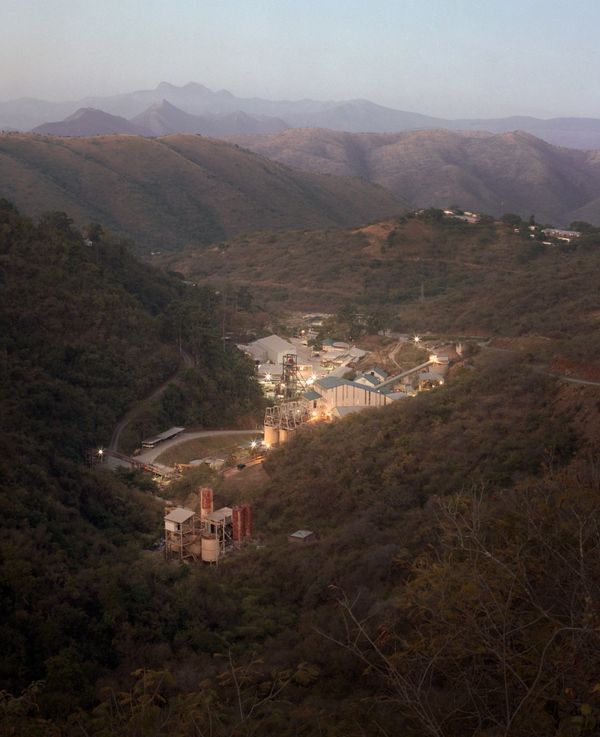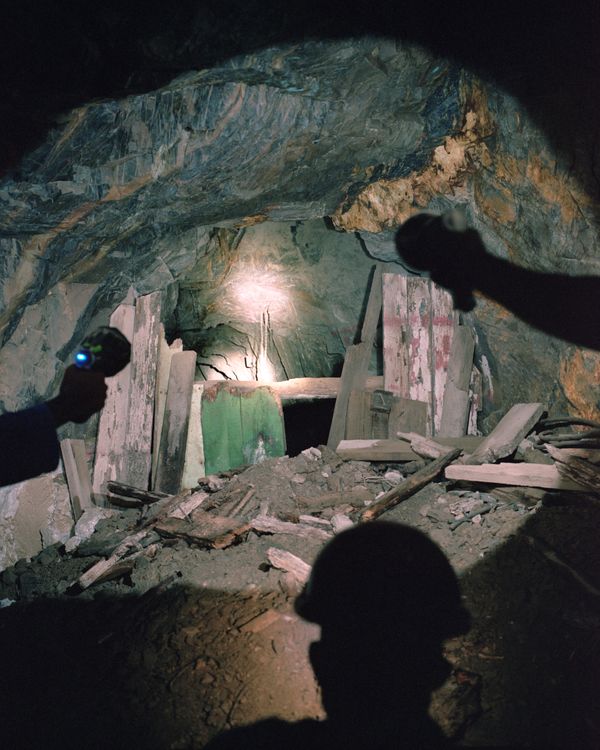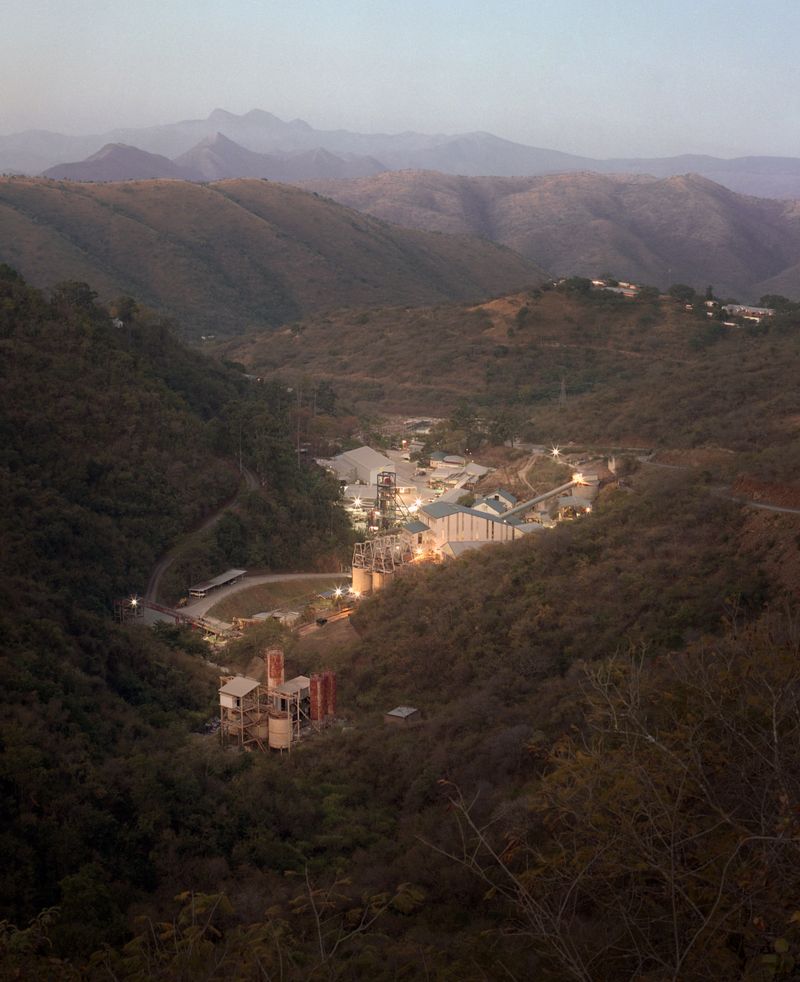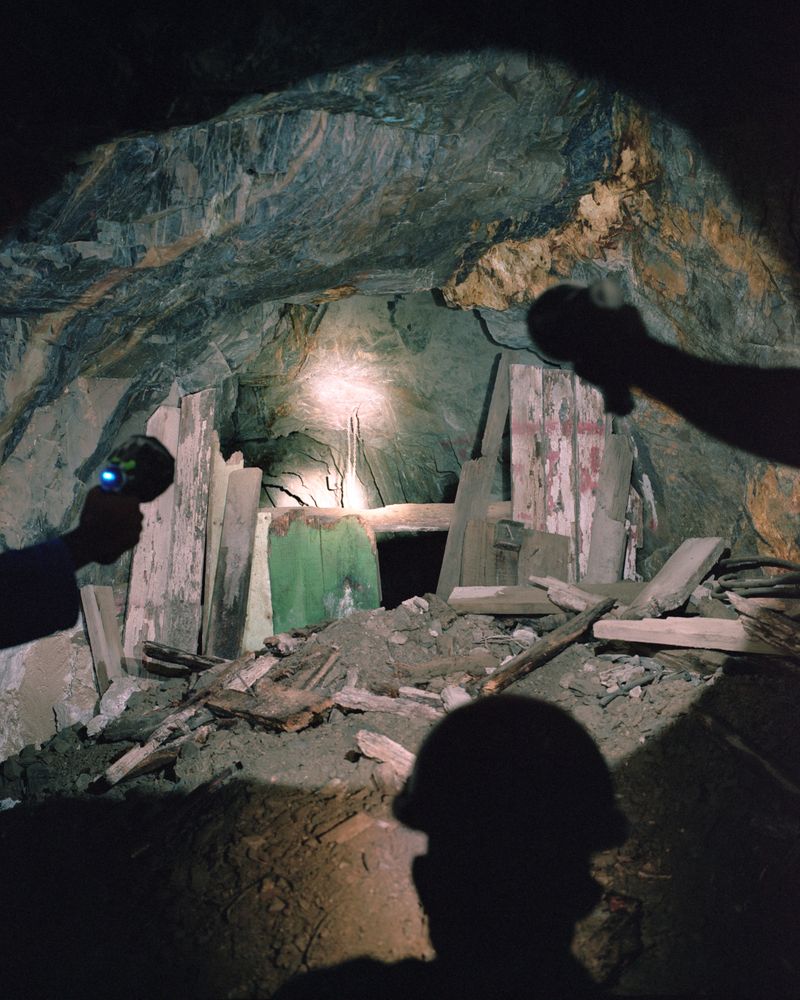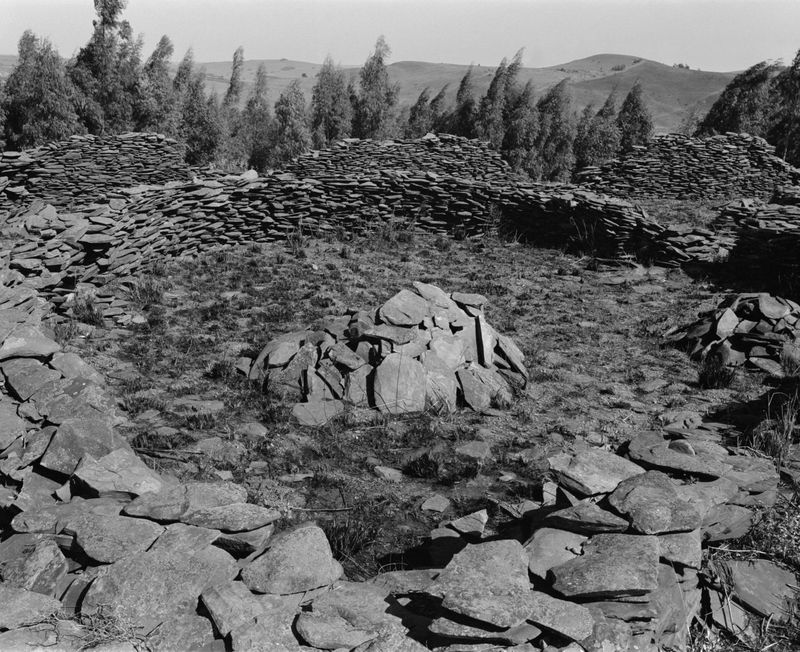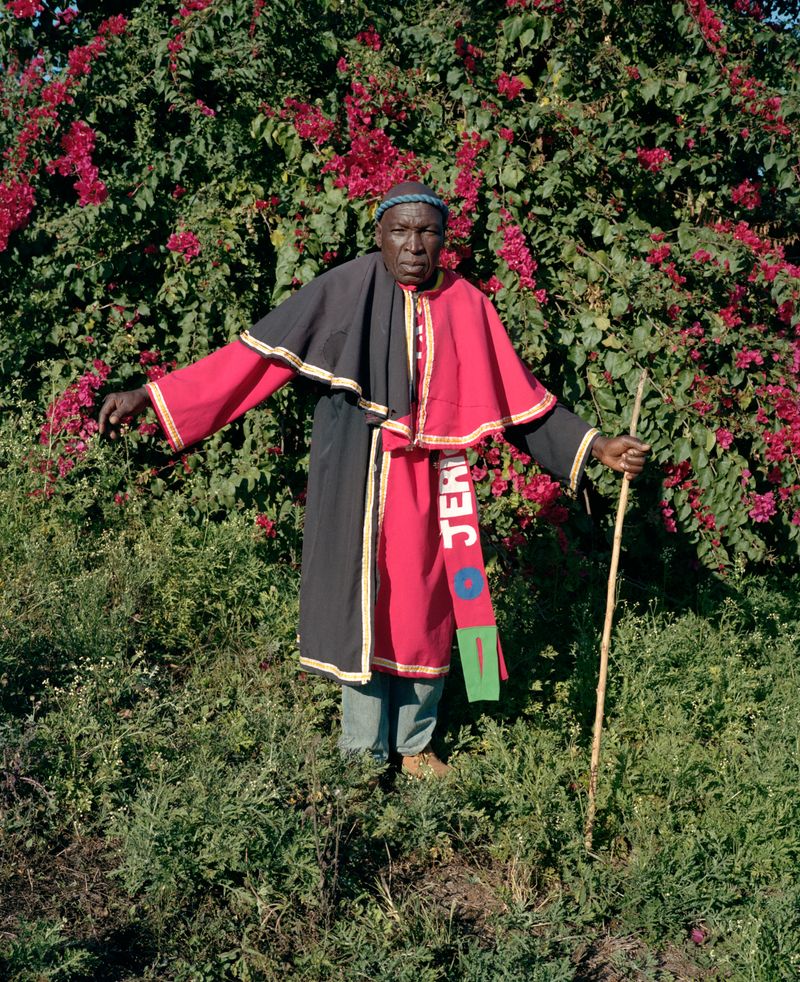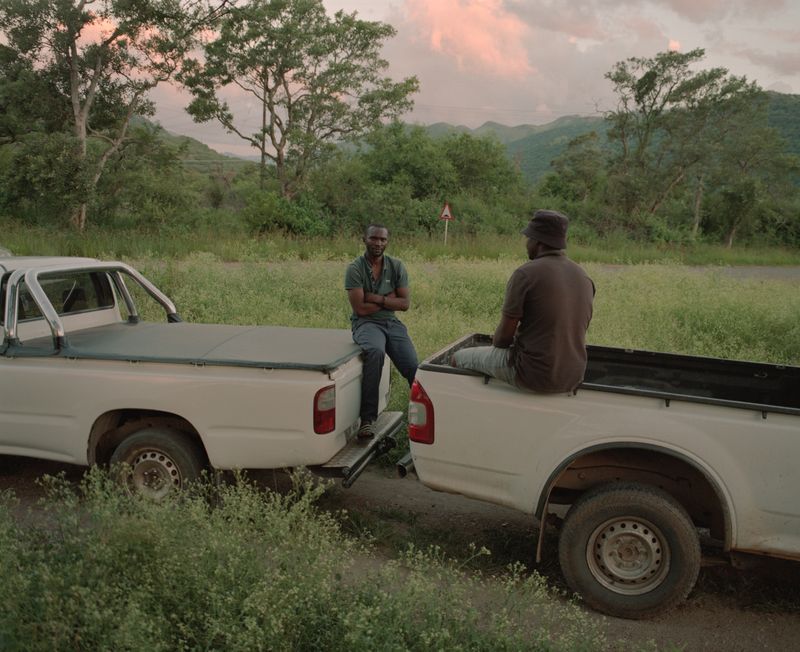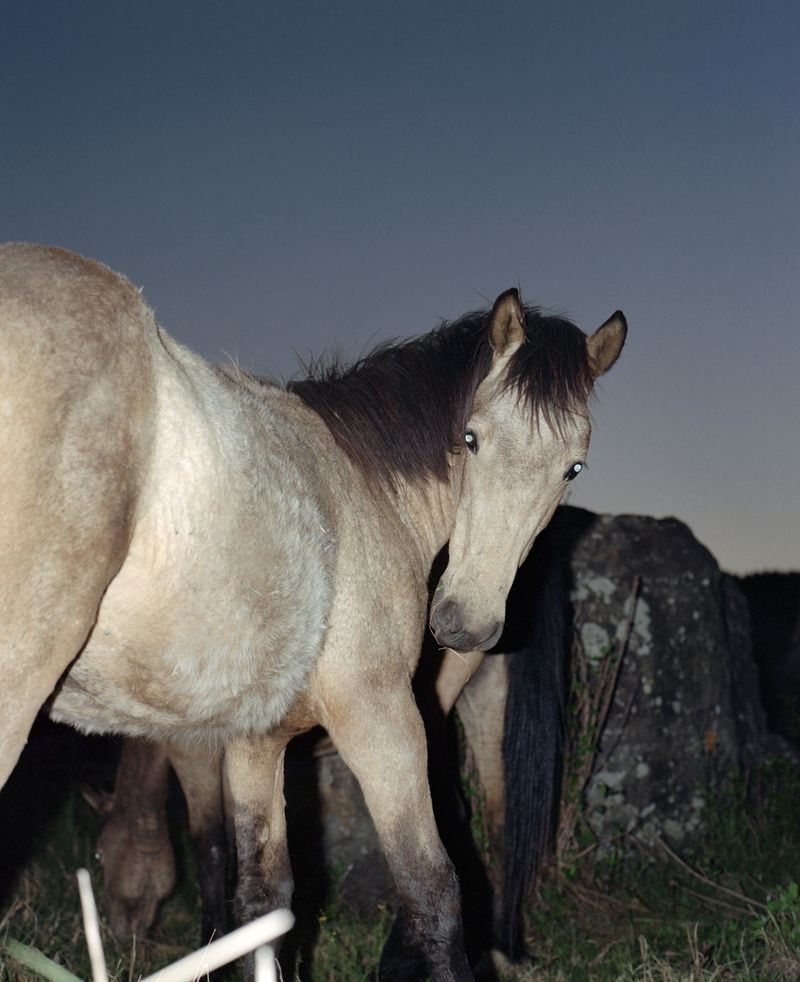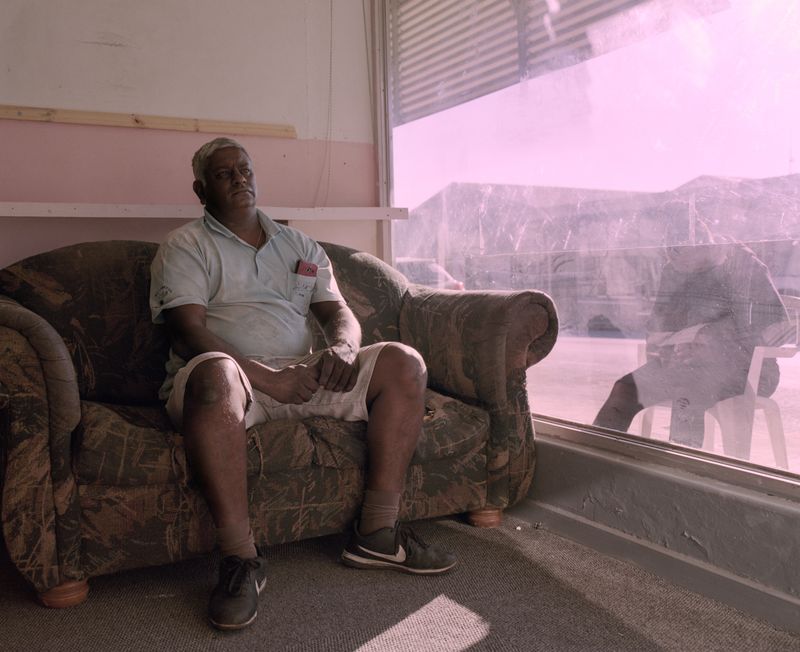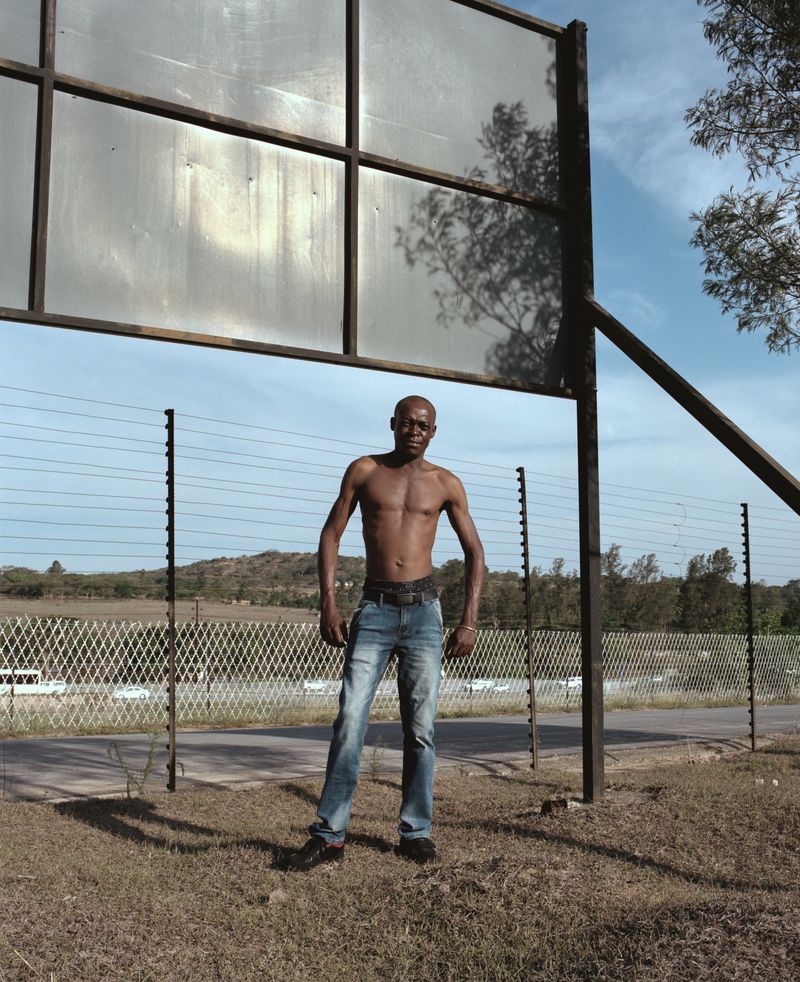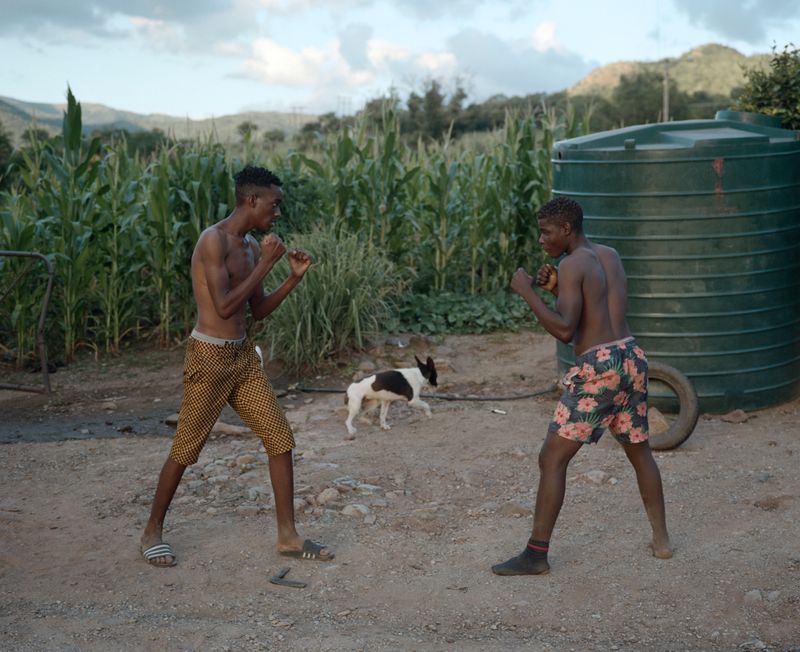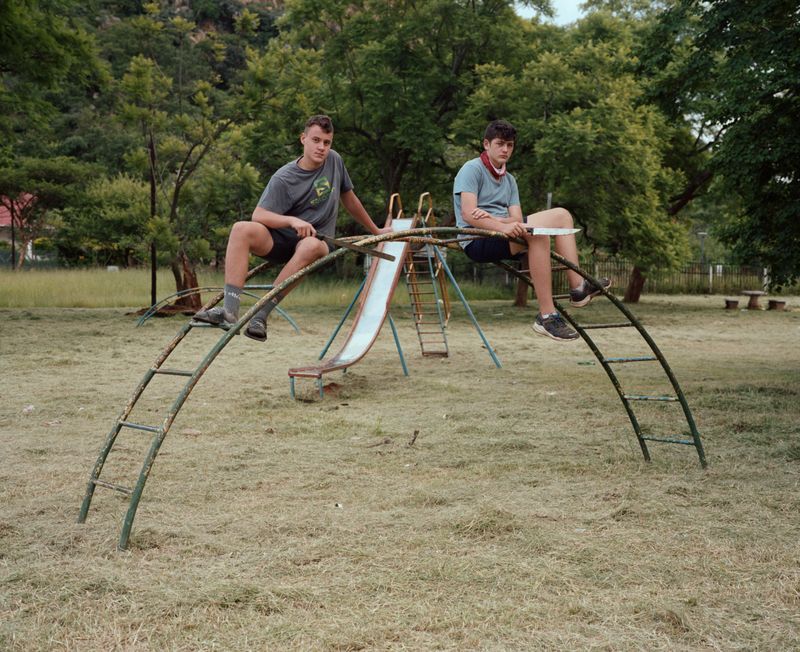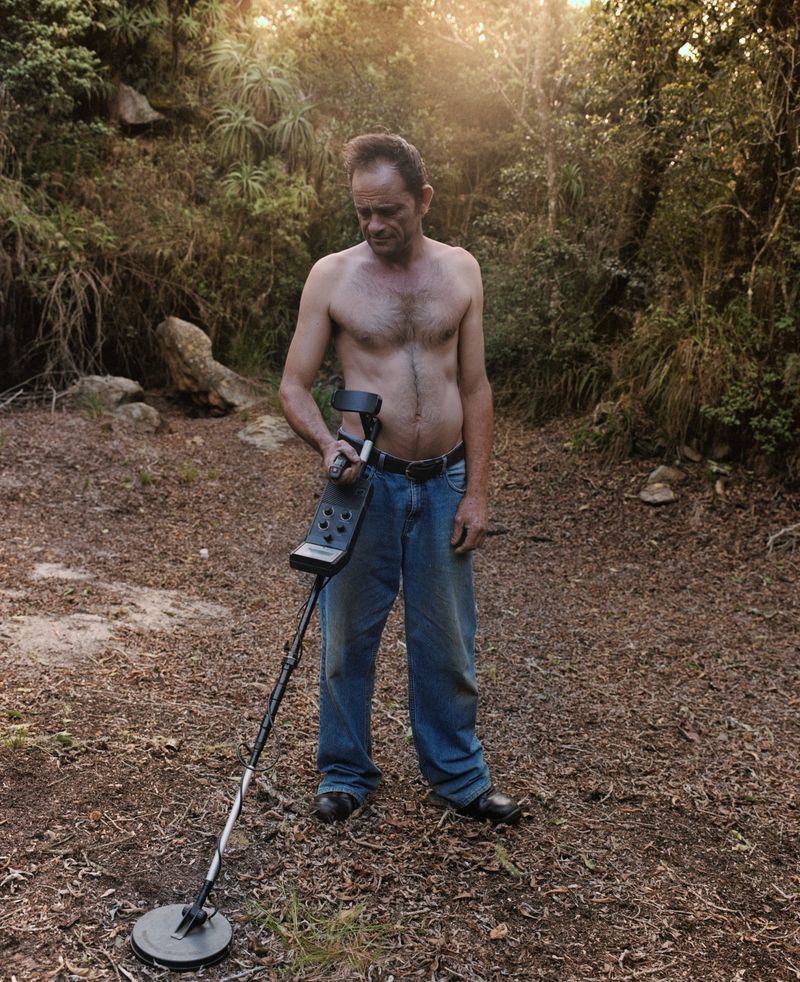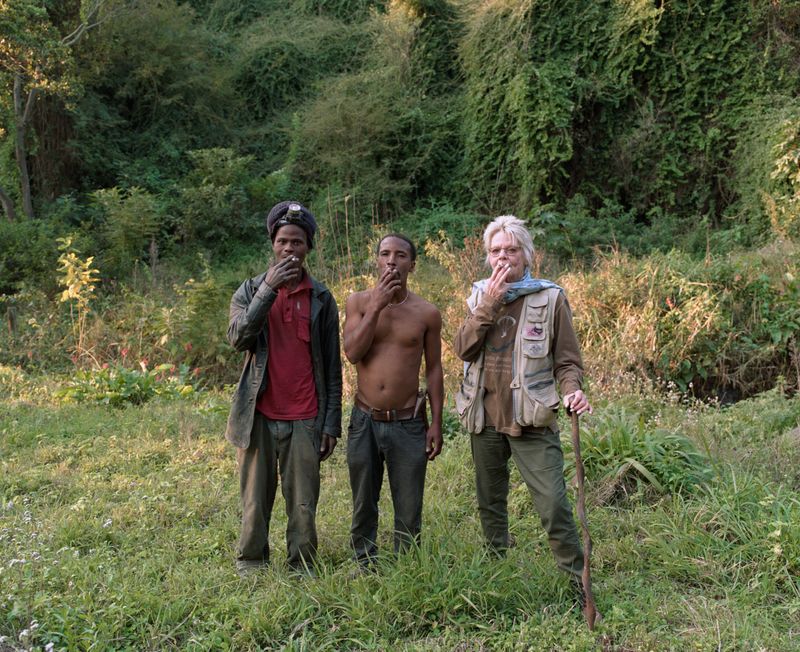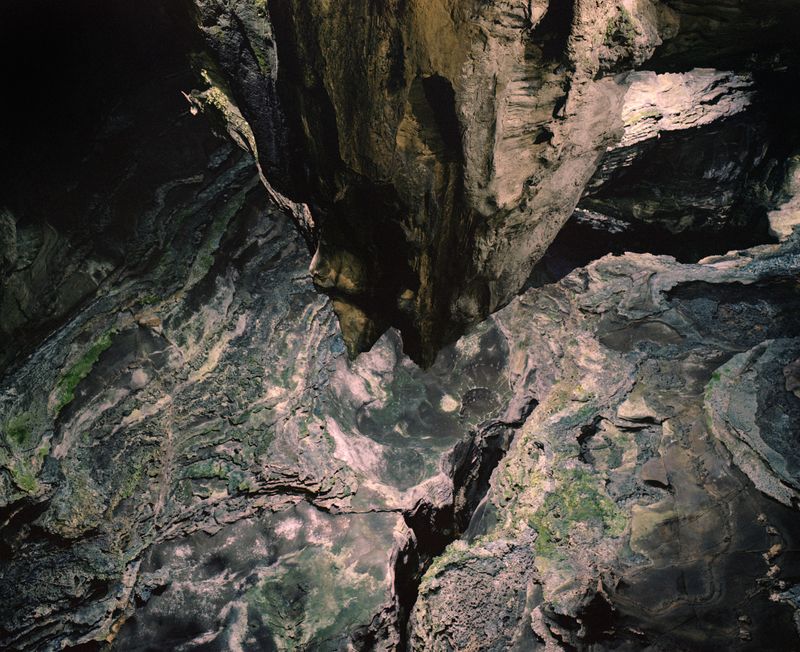MAPALAKATA
-
Dates2019 - Ongoing
-
Author
- Location South Africa, South Africa
MAPALAKATA is a story about the scars of history on landscape.
The Mpumalanga escarpment — where lush cliffs abruptly pierce the hot red earth of the lowlands. It serves as a geo-physical symbol for the edge of the South African colonial frontier. A collision point that has inspired countless folktales, and has bore witness to centuries of epic warfare and the beginnings of the modern-day story of gold in South Africa. Today, plantations of foreign trees blanket the landscape while mills churn steam as they pulp pine into paper. In the valleys below, gold mines that have been chiming steel against rock for the past one hundred years ring their ceaseless chorus. The surrounding terrain is littered with relics of another time — the remnants of a forgotten pre-colonial society and wild descendants of horses abandoned during a failed gold rush.
This project primarily engages with landscape via a visual reassessment of a key historical and geographical region in Southern Africa.
The work questions notions of truth as it pertains to the landscape. ‘Truth’ is maintained by those who hold the most power, and this power is almost always dependant on who controls the resources. Mapalakata attempts to draw attention to how the prevailing history of this region is continuously rewritten as dominant groups erase the narratives bound to their predecessors — each driven to occupy the space for the resources that it holds. This process leaves an archive of physical artefacts scattered across the landscape which become ephemeral traces of the histories that have played out. These relics highlight the fragility of lesser-known historical narratives that were previously suppressed by dominant political and social forces. Photography unavoidably works to situate people and places in time, and it is through these remnants of the past that this work aims to photographically engage with the present social conditions within South Africa.
A significant part of this project focuses on the stone remains of the Koni — a flourishing agricultural society who were eventually overcome by the powerful warring Pedi, Swazi and Ndebele nations. This was a history disregarded by the apartheid government who did not believe that pre-colonial African people were capable of creating elaborate stone-walled agricultural structures. Even today under the post-apartheid ANC government, the ruins remain in disrepair and are in danger of being lost forever. The suppression of this history is continued by a recent esoteric re-imagining of the ruins by new-age groups as sites built by ancient deities.
This story is juxtaposed alongside the present-day extraction of the land’s dwindling resources through forestry and mining, and the narratives around there-appropriation of these resources by illegal miners as they work against corporations’ commercial prospects.
